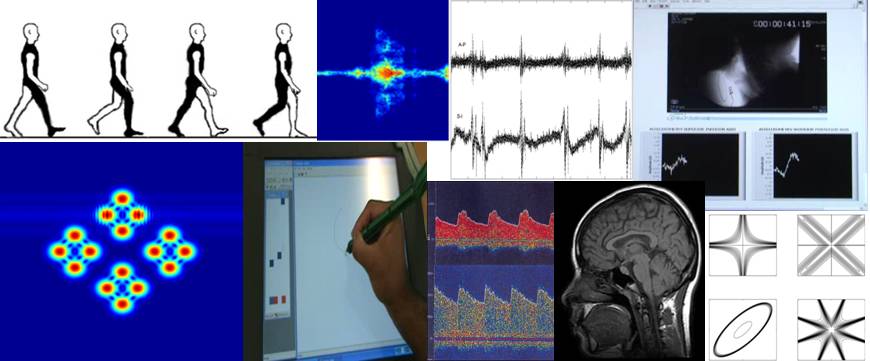The effects of increased fluid viscosity on swallowing sounds in healthy adults
September 14, 2013
Background
Cervical auscultation (CA) is an affordable, non-invasive technique used to observe sounds occurring during swallowing. CA involves swallowing characterization via stethoscopes or microphones, while accelerometers can detect other vibratory signals. While the effects of fluid viscosity on swallowing accelerometry signals is well understood, there are still open questions about these effects on swallowing sounds. Therefore, this study investigated the influence of fluids with increasing thickness on swallowing sound characteristics.
Methdd
We collected swallowing sounds and swallowing accelerometry signals from 56 healthy participants. Each participant completed five water swallows, five swallows of nectar-thick apple juice, and five swallows of honey-thick apple juice. These swallows were completed in neutral head and chin-tuck head positions. After pre-processing of collected signals, a number of features in time, frequency and time-frequency domains were extracted.
Results
Our numerical analysis demonstrated that significant influence of viscosity was found in most of the features. In general, features extracted from swallows in the neutral head position were affected more than swallows from the chin-tuck position. Furthermore, most of the differences were found between water and fluids with higher viscosity. Almost no significant differences were found between swallows involving nectar-thick and honey-thick apple juices. Our results also showed that thicker fluids had higher acoustic regularity and predictability as demonstrated by the information-theoretic features, and a lower frequency content as demonstrated by features in the frequency domain.
Conclusions
According to these results, we can conclude that viscosity of fluids should be considered in future investigations involving swallowing sounds.
This material is presented to ensure timely dissemination of scholarly and technical work. Copyright and all rights therein are retained by authors or by other copyright holders. All persons copying this information are expected to adhere to the terms and constraints invoked by each author’s copyright. In most cases, these works may not be reposted without the explicit permission of the copyright holder.



